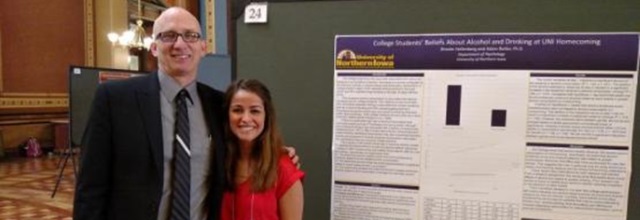Honors Program Theses
Award/Availability
Open Access Honors Program Thesis
First Advisor
Gerald Smith
Keywords
Identity theft--Public opinion;
Abstract
Americans in the 21st century are obsessed with their physical health but may not be concerned enough with their financial health. One of the greatest threats to financial health today is identity theft. While identity theft is not a new phenomenon, it is becoming a greater risk every day. The alarming rate at which identity theft is increasing necessitates a closer look. Understanding consumers' greatest risks is the first step to knowing what to do when identity theft occurs, because its effects, such as loss of money, loss of time, loss of reputation, and loss of self-confidence, can be severe. This thesis examines various urban legends found within the top three ways one's identity can be at risk or stolen, including the theft of one's social security number, the theft of one's credit card number or bank account numbers, and the theft of one's personal information over the Internet. This thesis will also explain ways identity theft can be personally harmful as well as provide information to help prevent, detect, and mitigate potential damages to one's identity. Being informed and prepared is essential in the fight against identity theft. While it may be dangerous, identity theft is still surmountable.
Year of Submission
2006
Department
Department of Accounting
University Honors Designation
A thesis submitted in partial fulfillment of the requirements for the designation University Honors
Date Original
5-2006
Object Description
1 PDF file (vii, 36 pages)
Copyright
©2006 Amber Sue Beenken
Language
en
File Format
application/pdf
Recommended Citation
Beenken, Amber Sue, "Identity Theft: Who's in Your Wallet? A Look at Urban Legends and Consumers' Greatest Risks" (2006). Honors Program Theses. 725.
https://scholarworks.uni.edu/hpt/725




Comments
If you are the rightful copyright holder of this thesis and wish to have it removed from the Open Access Collection, please submit a request to scholarworks@uni.edu and include clear identification of the work, preferably with URL.